In the cultural heritage of the Muong people, gongs play a very important role. Gong culture is considered the soul of the Muong people, symbolizing the material and spiritual prosperity of each family as well as the whole community. In 2016, the art of gongs in Muong Hoa Binh was included in the list of national intangible cultural heritage by the Ministry of Culture, Sports and Tourism. During holidays and Tet, the sound of gongs is indispensable. In particular, the sound of gongs always resonates in the festivals of the four ancient Muong regions: Bi - Vang - Thang - Dong, imbued with the depth of history and community spirit.
Muong people of Huong Can commune perform rice-spinning techniques during the festival.
For the Muong people, folk melodies are an indispensable feature in the cultural source of the people. Notably, in antiphonal singing, vi singing, dum giao duyen singing, thuong rang singing, bo meng singing, in addition to the available songs that are passed down in folklore, the majority of singers have to improvise, improvise, and create lyrics fluently to match the available melody and rhythm to respond on the spot. Vi and rang singing lyrics have been passed down orally for many generations, so artists have to collect, learn and preserve a large amount of Muong language, including ancient Muong language. Recently, hat thuong rang singing, bo meng singing was included in the list of National Intangible Cultural Heritage by the Ministry of Culture, Sports and Tourism.
Mr. Dinh Van Thanh, Cu Dong commune, has spent decades enthusiastically studying and diligently recording the lyrics of the Vi, Rang melodies and the folk performances of the Muong people. According to him, the songs and dances of the Muong people are all instructed and taught orally, without specific written records. Therefore, it is very necessary to have the support of the State and the Department of Culture in collecting and recording lyrics, recording and filming cultural and musical activities systematically, and storing documents and materials on folk performances to preserve, promote and teach folk performing arts to the younger generation.
In addition to Muong folk songs, the dances of the "Xênh Tiền", "Đảm DUỒi", and "Đông Rụ" also create unique features in Muong culture. To preserve and promote the values of Muong culture - including folk performing arts, hundreds of Muong ethnic cultural clubs have been established in communes, residential areas, and schools, attracting a large number of people to participate, contributing to promoting traditional beauty, further promoting the work of preserving and promoting ethnic cultural values. Muong cultural clubs have been contributing to preserving the language, folk literature, performing arts, customs, beliefs, festivals, culinary culture, traditional crafts, and ethnic costumes of the Muong people. During Tet holidays or at festivals, the performances of gongs, "Xênh Tiền" dance, "Đăm DUỒi", "Chấm Gống", and "Đông Rụ" are indispensable. From the activities of the clubs, many people have participated in practicing and learning more about folk performing forms. These are also the people who directly preserve the folk performing arts of the Muong ethnic group.
Many localities in the province have also coordinated with units of the Ministry of Culture, Sports and Tourism to organize training courses to improve capacity in the work of preserving and promoting the cultural identity of ethnic minorities; build a model of Muong ethnic cultural club for communal cultural officials, artisans, and prestigious people to equip them with knowledge on the work of preserving and promoting traditional culture of ethnic minorities; focus on implementing methods and skills to collect, restore, and develop some types of traditional intangible cultural forms that are at risk of being lost... Thereby, contributing to preserving the folk performing arts of the Muong people, preserving and promoting Muong cultural values in modern life.
Phuong Thanh
Source: https://baophutho.vn/doc-dao-nbsp-nghe-thuat-trinh-dien-dan-gian-cua-nguoi-muong-238543.htm


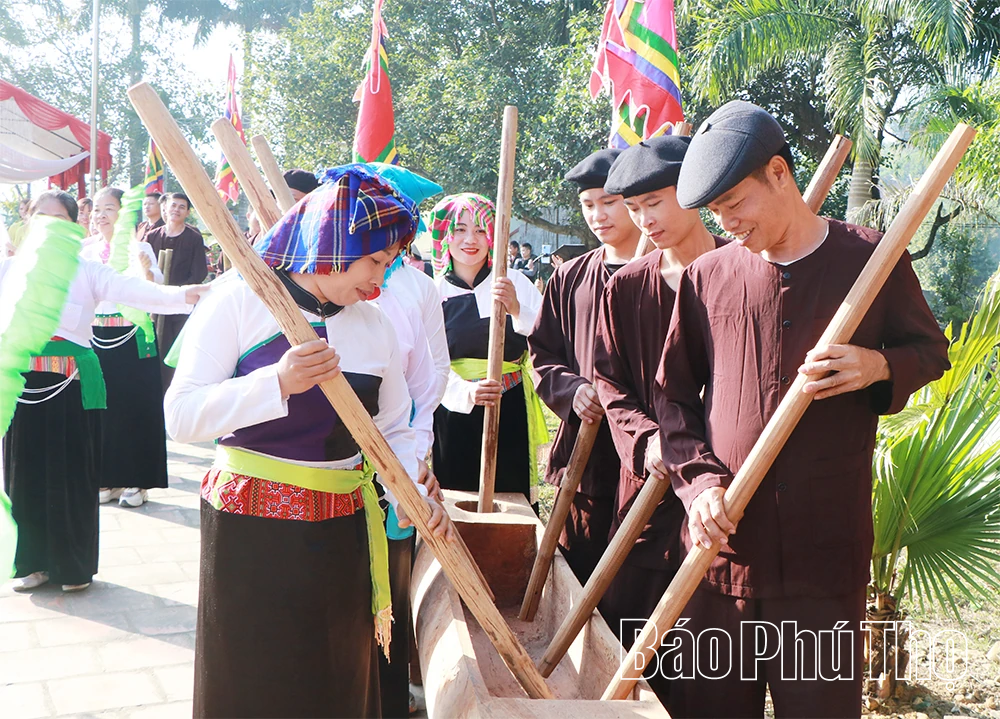













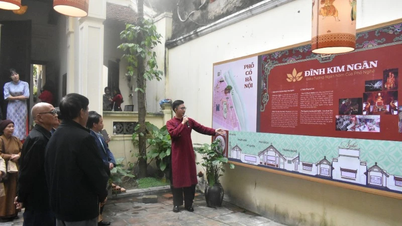


















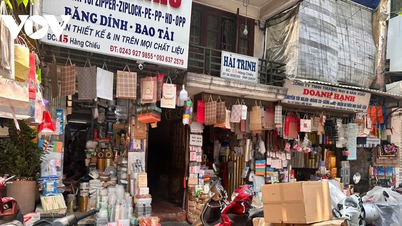


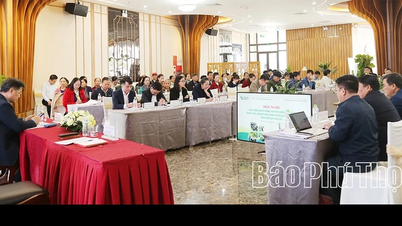



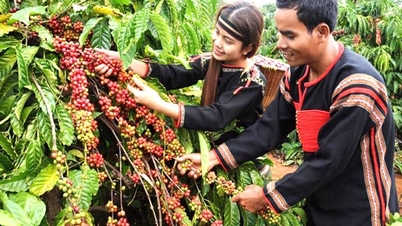


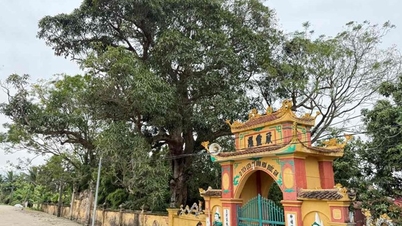








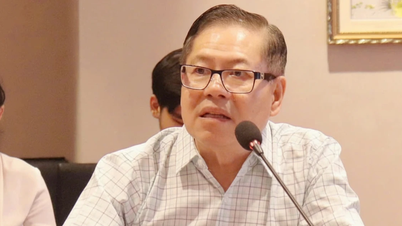












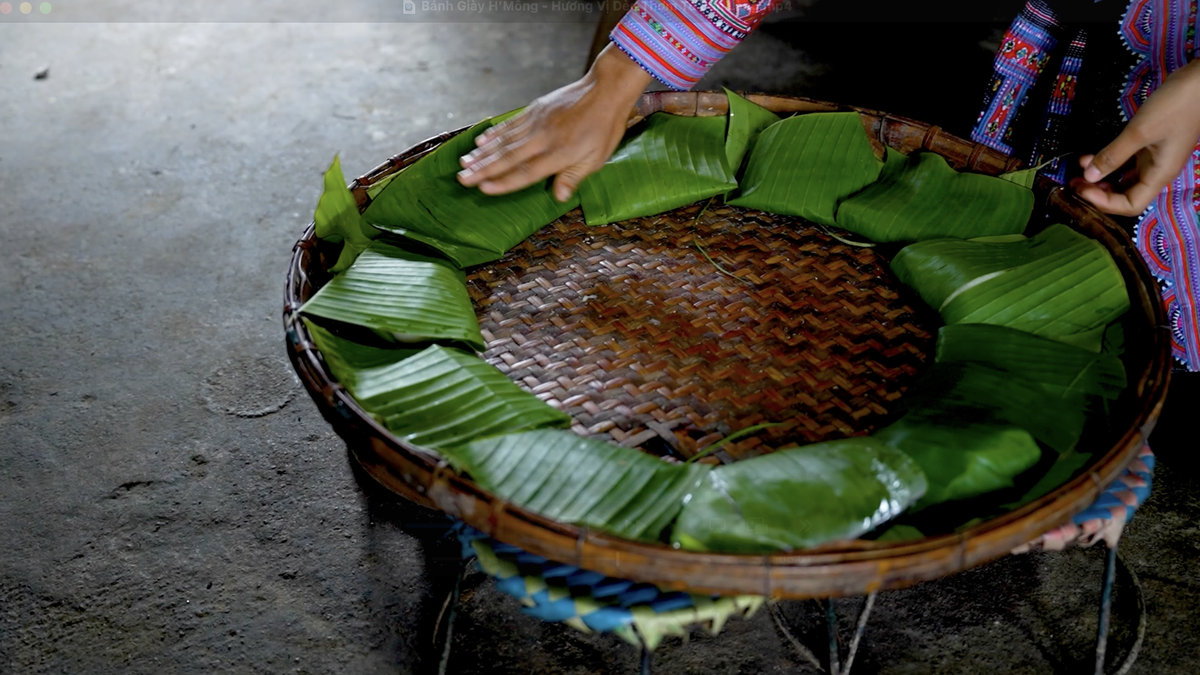

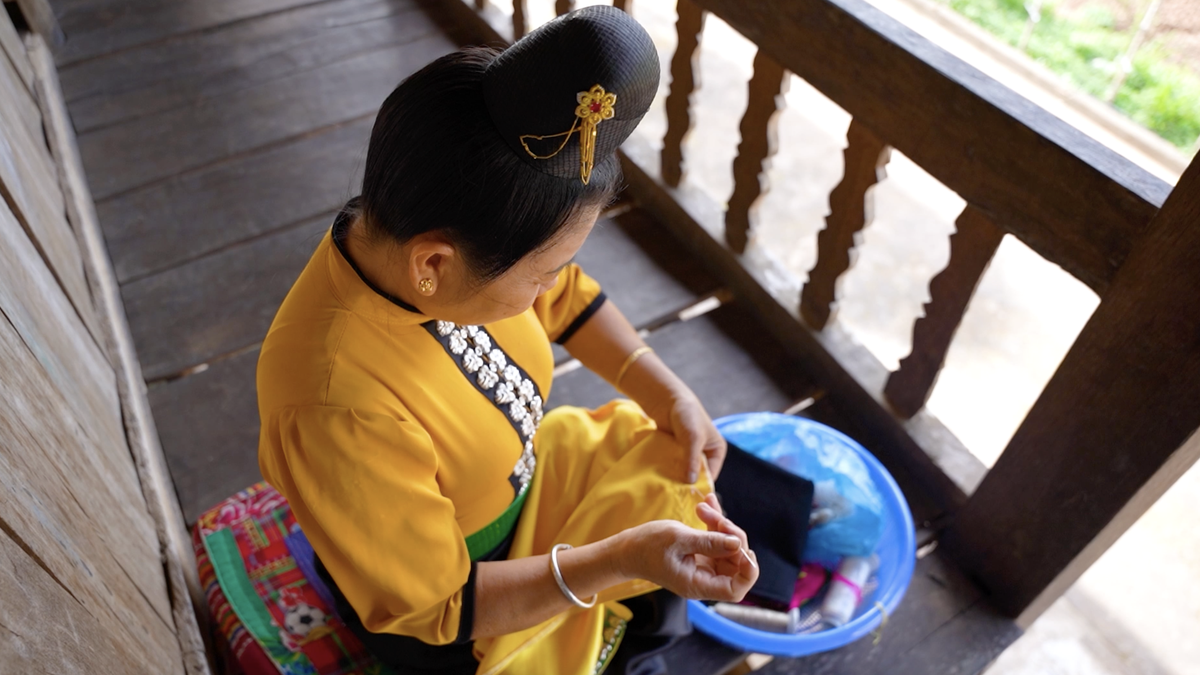

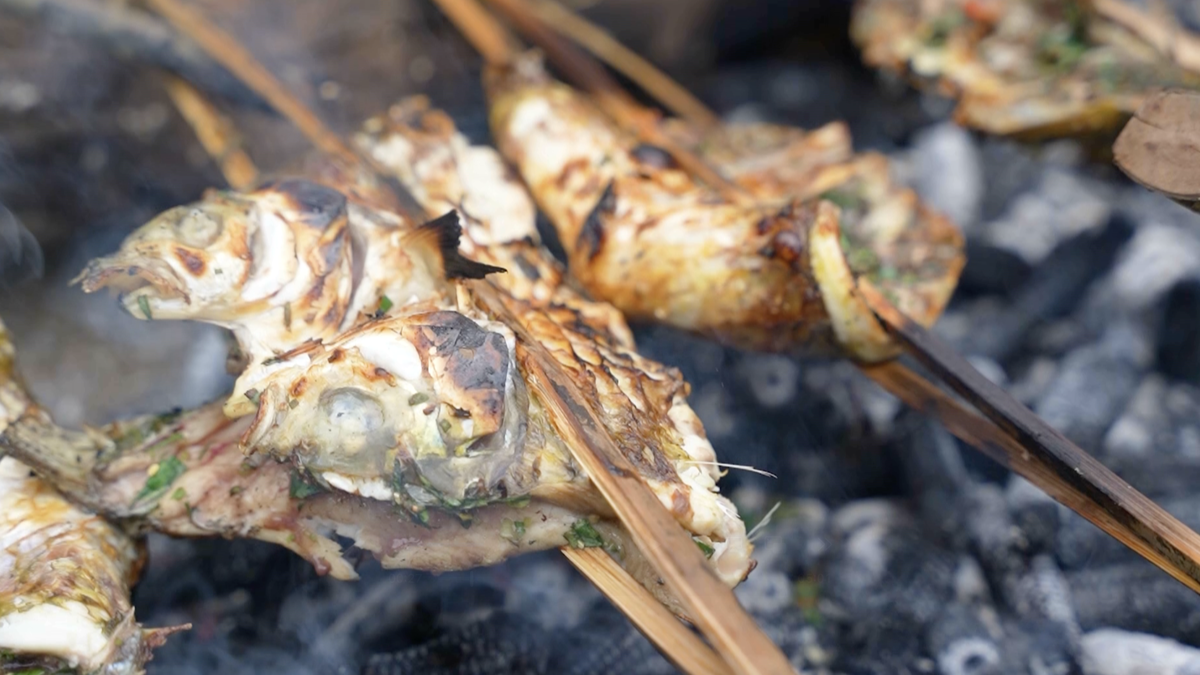



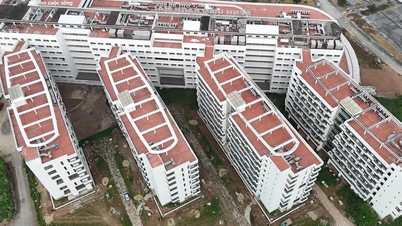

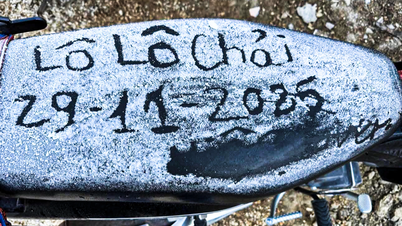












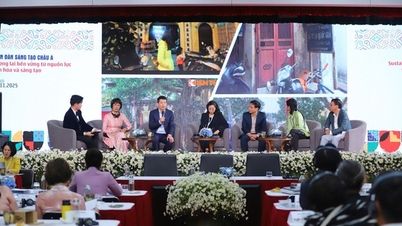
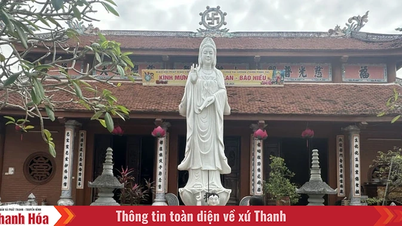


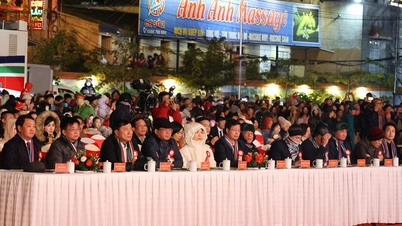


















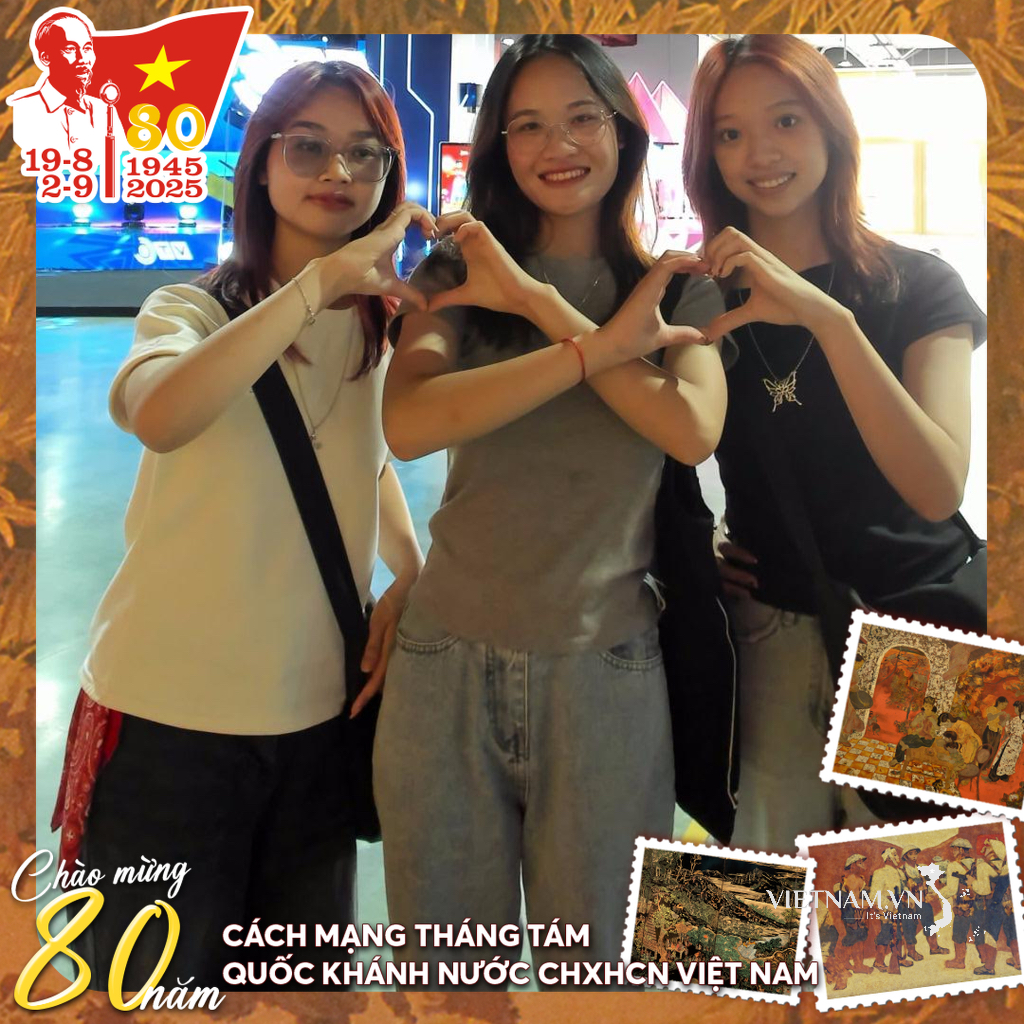
Comment (0)